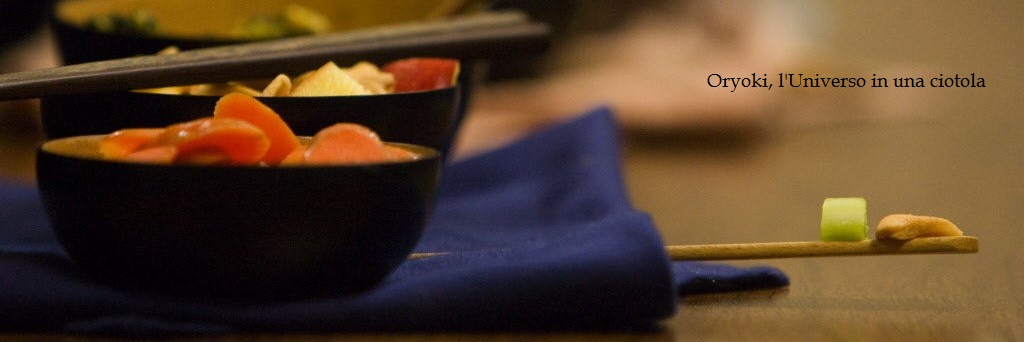Zen and Forms
Why does a deep sense of peace immediately catch us on entering a place of Zen practice?
Because the elegant simplicity of forms in Zen speak directly to the heart, and open it to a beauty that is expression of peace and of spiritual awareness.

When coming to our Zen centre, many people are perplexed by the formal aspects of our practice: long black robes, rules of behaviour, codified gestures, various musical instruments being played, offering incense to statues made of wood, or of metal, or ceramics.
All of this may arouse a sense of aversion, or stiffness.
Why not just sit and meditate, without forms and superstructures?
First of all, it is true that Zen is Zazen, or sitting meditation, that it is a universal practice not bound to any form or culture; nevertheless, forms and rituals transmitted to us by tradition enrich and deepen our practice.
In which way?
Everything can be related to just two notions: Zanshin, or the spirit of the gesture being performed, that is pure in itself beyond our ego; and Wago, harmony, interconnectedness.
Forms in Zen, surely not formalism, are intended to make our mind, body, and practice, harmonious.
Dark, long clothes help create concentration, excluding any distraction coming from bright colours and bodily forms.
Sounds mark the moments of the practice without having to use words, and so preserving silence. The different vibrations of the different instruments speak a language that our body perceives in a direct way, without passing through the check from the mind.
Offering incense and bowing to the statues opens the spirit to a religious dimension that is beyond our ego. When offering incense and bowing, we get nothing in return. Statues give us nothing back. It is a sheer gratuitousness of gesture, openness.
Those statues are a symbol of the the Buddhahood pervading the whole universe, beyond religious ideologies.
Chanting Sutras is practice of giving, it's generosity. In fact, the energy that is generated by chanting and reciting texts expressing the Truth is dedicated to welfare, and awakening of all beings, excluding none. And the effort we make, the commitment we put in creating through chant an harmonious whole, once again takes us beyond our selfishness and opens us up to the interconnectedness with all beings.
Opening oneself to a religious spirit does not mean joining an ideology; instead, it means harmony, total openness.
For those receiving an ordination, either as a layperson or as a monastic, sewing and wearing a Kesa and a Rakusu means to concretely reconnect with the Buddha and with the masters of tradition. The very act of wearing such garments is a ritual of awareness.
Taking meals in a formal and ritual way is an expression of gratitude towards the wonderful dynamics of interconnectedness of the whole universe through which food arrives to our bowls, permitting us to proceed on the way of the Bodhisattva, in an infinite circle.
